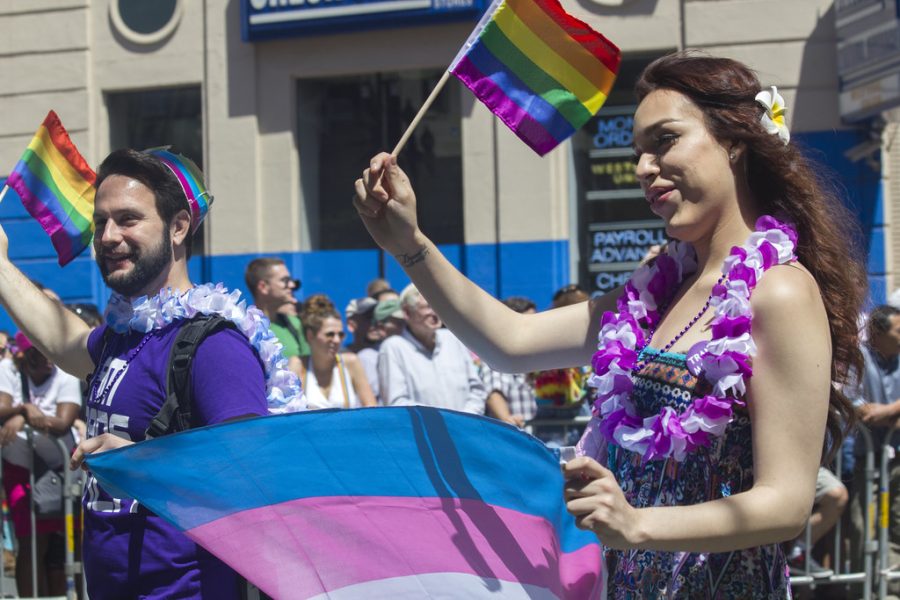For most people, it is easier to call someone he or she because of the masculine or feminine traits present in the person when, in truth, it should be they and them to avoid causing offense.
They and them pronouns encompass everyone of all genders without designating them as a specific gender.
Sexuality is already an often unexplored area of the LGBTQ+ family, and so when those unfamiliar start to hear about the fluidity of gender, it’s foreign—alien, almost.
The long and short of it is that gender and sex are separate from each other, with the former referring to the way someone expressed themself and the latter being the physical traits someone has at birth.
However, given that it’s almost a cultural norm for everyone to discriminate against LGBTQ+ it’s difficult for non-conforming individuals to know who will treat them in the appropriate fashion and as for Cerritos students, it’s important to know that there are non-conforming students who attend.
As such, anyone can accidentally misgender anyone who doesn’t conform to the gender assigned at birth and while it is understandable that the unaware didn’t know at first, one has to admit the offended’s position.
Having been abused by everyone for a while, it is equally difficult for non-conformists to determine who is a potential offender or not; as a result, it’s easier to just remain silent and hope for the best.
To elaborate, the Human Rights Campaign has recorded at least 51 gender non-conforming individuals killed by someone originally thought to be supportive of them—and during this year alone.
That being said, it’s better for everyone to use the more neutral set of pronouns like they and them.
There are approximately 45 different pronouns one can use or identify themselves with. It’s best when speaking to someone to use these natural pronouns, limiting the possibility of unintentionally offending someone.
It will, of course, be somewhat troublesome for everyone to get used to them; it’s a simple gesture of kindness that can unknowingly spare someone the mental anguish.
That isn’t to say it will prevent the individual’s death—that is a separate type of responsibility.
This is a kind of obligation, where it costs virtually nothing for someone to say something else.
Regardless of one’s disposition on the subject, it doesn’t take much effort to understand that it is a simple act of kindness and that it is best to withhold one’s own reservations.
By some good fortune, anti-discrimination policies in institutions like Cerritos already mandate tactful behavior, but students can take that extra step.
Using more neutral pronouns might even change your opinion on LGBT—or not, just remember that it is your own reputation as a human being when you discriminate against someone who doesn’t conform.
According to Scimex, “Addressing trans people using names, pronouns or titles that do not match their gender identity is known as misgendering and the authors say the impact of stigma and misgendering on the physical and mental health of trans individuals was ‘profound and lasting’.”
If you find yourself in a position where you may have misgendered an individual its best to follow up with and apology in a private setting and say you meant something else. If ever unsure it is also okay to ask confirmation of their preferred pronouns in a private setting.
These can be sensitive questions and an individual may not feel comfortable responding in public or in-front of an audience due to the anxiety of having to explain oneself.
It is important to be tactful and understanding, a mistaken gender identity can have lasting effects.



















